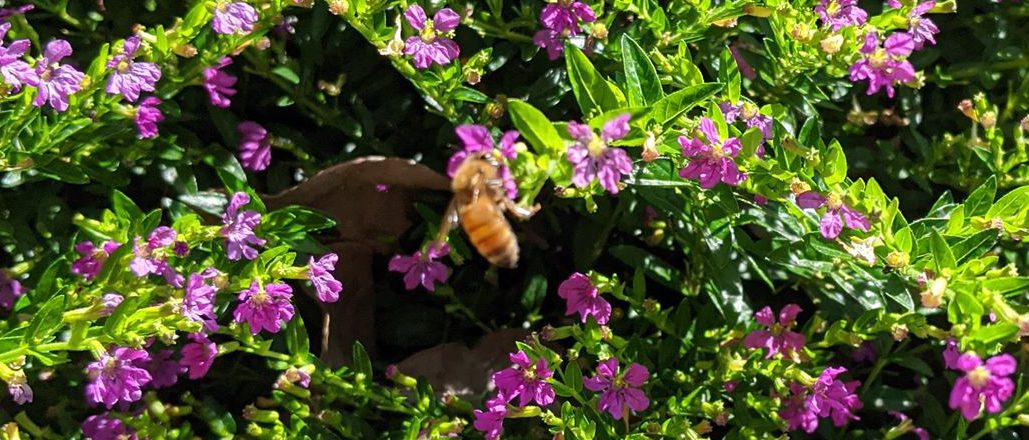If you’ve been out to your local park lately, you’ve probably noticed clusters of flowers basking in the sunlight. Why does all the flora flourish so beautifully? Because of bees, of course.
Bees are an integral part of our world, and their disappearance has been causing a stir globally.
The #SaveTheBees social media movement has highlighted the numerous threats faced by the humble bee, including diseases and pests, habitat destruction, the use of agricultural chemicals including pesticides, and a decline in commercial beekeeping.
Yet when local council workers exterminated a hive in the bottom of a large tree in a park in Sydney’s inner west recently, little fuss was made about it.

As one of the Inner West Council workers explained: “There are people complaining that bees are swarming their backyards. If someone got stung, they could sue the council.
“Because the hive is on the ground and swarming the park, it’s dangerous. If it was high above the ground, it would still have been an issue if the hive grew.”
A council spokesperson said the bees were considered a risk to public safety, because of their proximity to a public pathway.
She explained: “While the first option is always bee translocation to a safer, natural environment, the advice [from local beekeepers] was that trapping and relocating these bees would not be successful.”
The global decline of bees became a talking point in 2018 when an apparent Facebook post by Sir David Attenborough went viral. Although the post turned out to be fake, it started a worldwide conversation on the importance of bee conservation.

Back in the Inner West, it’s not all bad news for bees. The council hosts 12 hives, and its Ecology and Urban Forest team regularly plants bee-friendly plants and trees to support local biodiversity.
And, days after that one hive was exterminated, bees were seen returning to pollinate flowers in the park.
“It’s great they’ve come back,” said one local resident, Alexander Robinson.
“I was afraid we’d lose our colourful, nature-filled park, but now they [bees] are continuing to pollinate our flowers.”


